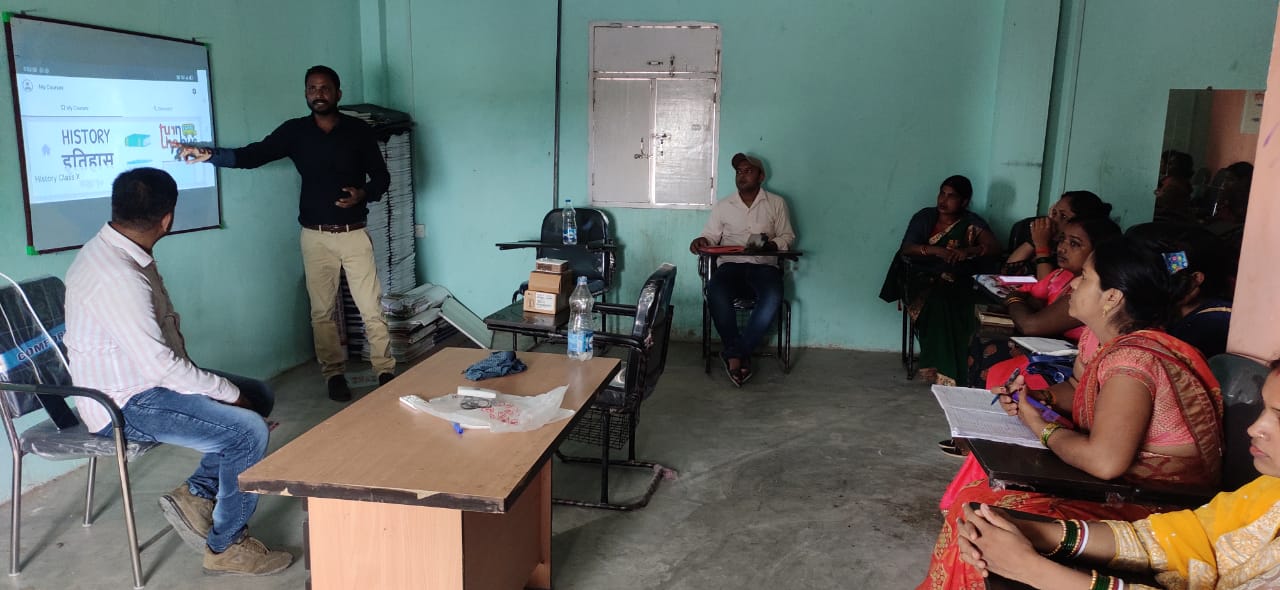|
At a time when the world was grappling with a deadly virus and everything went into lockdown, the economy and educational landscape across the world saw a profound transformation: digitization of education. The shift to digital platforms set the backdrop for the exponential growth of technology-enabled education (popularly acronymed EdTech) across schools, colleges and other institutions. The transition had an even more pronounced effect on India’s educational landscape as Indian education shifted from a traditional classroom-based approach to teaching on digital platforms. The EdTech market experienced a bombastic rise in revenues, which now presents itself in the form of 9043 EdTech startups. EdTech in India is a thriving economic sector, generating huge employment and contributing 8% to the national GDP. It is projected to grow to over $10 billion by 2025. The story of the exponential growth of pioneers of EdTech in India, such as Byju’s and UnAcademy is a testament to how the digital era has been transformative for Indian education.
As the EdTech sector continues its growth, it emerges as a promising avenue to address and mitigate the myriad of challenges India’s complex educational landscape faces today. The rise of EdTech has brought educational access to the doorsteps of the masses. Along with conventional study resources from EdTech organizations, universities have come up with online degrees, and the Indian government has launched many Massive Open Online Courses (MOOCs), freely available to the public. On the surface, this surge in digital education appears to be promising to democratize access to quality learning experiences, going beyond the barriers of geography, socio-cultural context, and individual aptitude. However, the deep rooted reality of this promise presents a stark dichotomy. Educational access may have been more democratized with the rise of EdTech, but it is a grim reality that most EdTech companies cater to people with purchase power. While many EdTech startups operate on a freemium model, at the end of the day, their products are not designed with the specific needs of low-income, underprivileged kids in mind. Some EdTech companies go as far as incorporating fraudulent practices to extort more money from kids of poor families under various hidden pretexts and false advertisements. The predominant focus on growth and profitability, driven by venture capital investments, overshadows considerations of sustainability and pedagogical efficacy. Despite the EdTech revolution gaining momentum in India, it regrettably paints a familiar picture where the most marginalized segments of society are systematically excluded from its benefits, fostering ground for deepening the digital divide between the haves and have nots. Nothing comes free in this world, and access to education, being the transformative force it is, should also technically come with a price. However, the topsy-turvy landscape of education and economic disparity in India calls for insightful thinking and a change of perspective. Is money a reliable quantification of educational access? Is it time for EdTech to address the have-nots of society and be built around the people rather than around profit? The current scenario calls for a change in the way EdTech companies visualize the Indian market. By collaborating with non-profit organizations, these companies can address prevailing educational inequality while also building a presence in the local community. It is time to leverage the benefits a for-profit sector’s growth has brought for non-profit and social causes. At Turn the Bus, we believe in the transformative force of digital education and leveraging smartphones for their intended purpose: making the future generation smart. EdTech holds the potential to enhance the endeavors of education-related non-profits in providing equal access to education, one smartphone at a time.
0 Comments
Leave a Reply. |
Archives
March 2024
Categories |
21213 SE 42nd Pl.
Issaquah WA 98029
Issaquah WA 98029
Turn the Bus is a registered 501 (c) (3) US nonprofit organization.
© Turn the Bus. All rights reserved.
© Turn the Bus. All rights reserved.


 RSS Feed
RSS Feed
